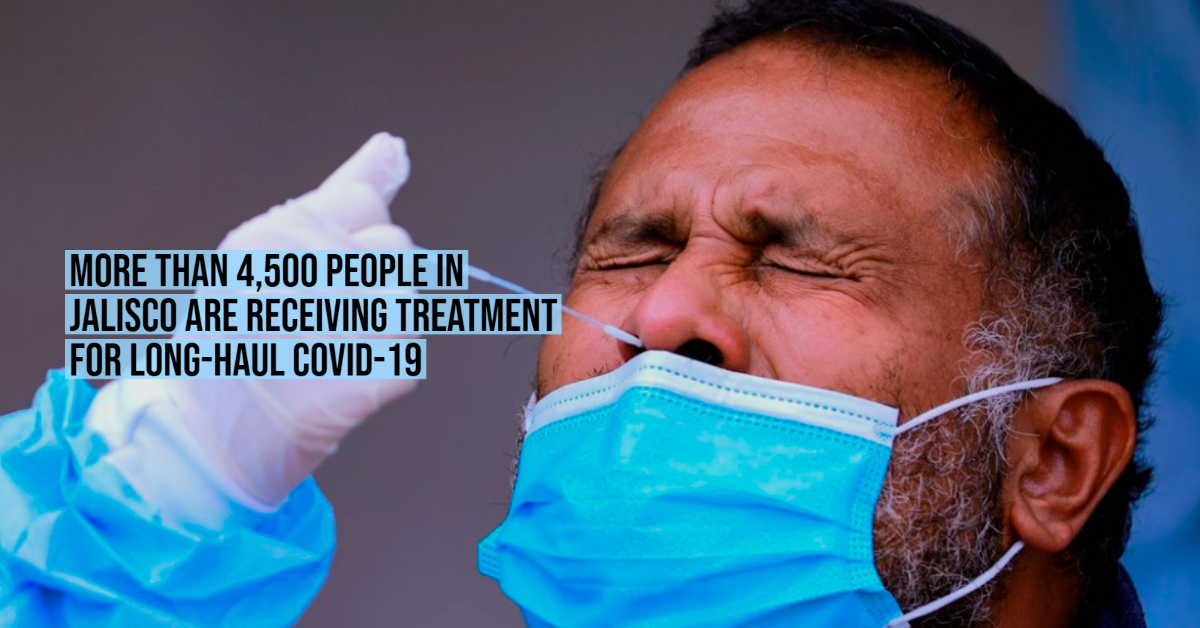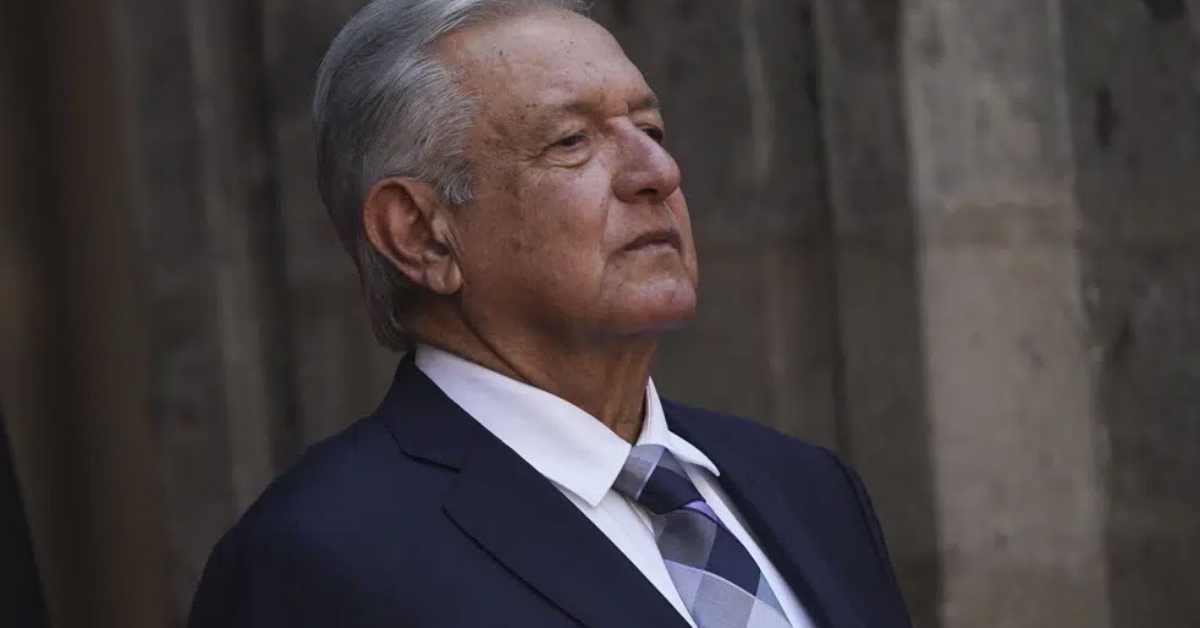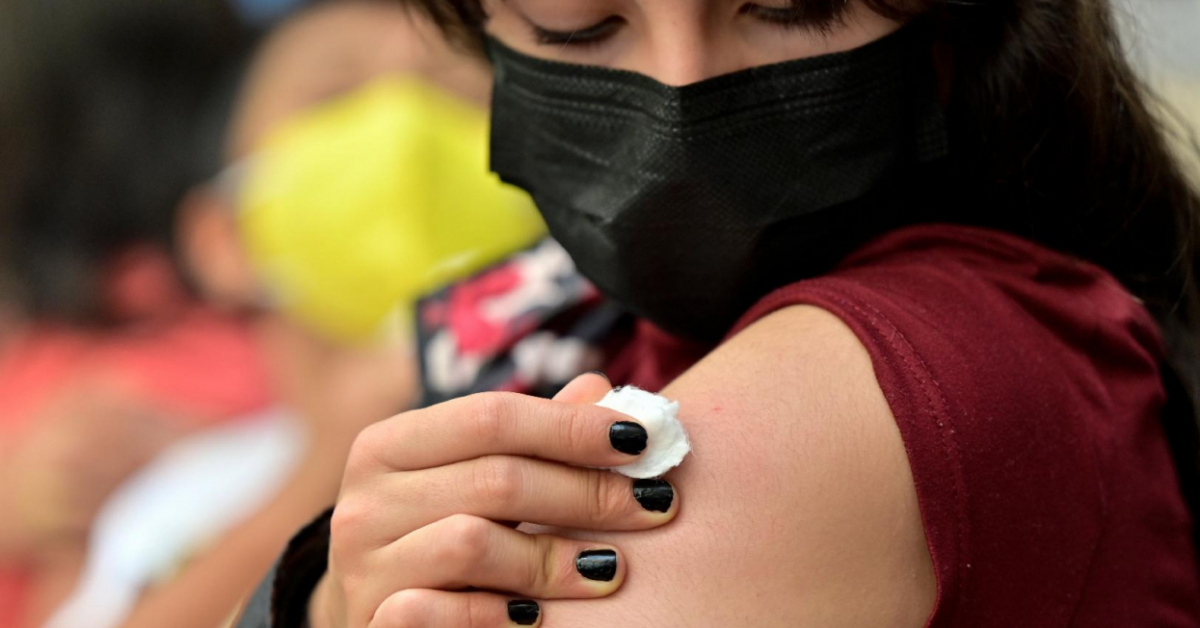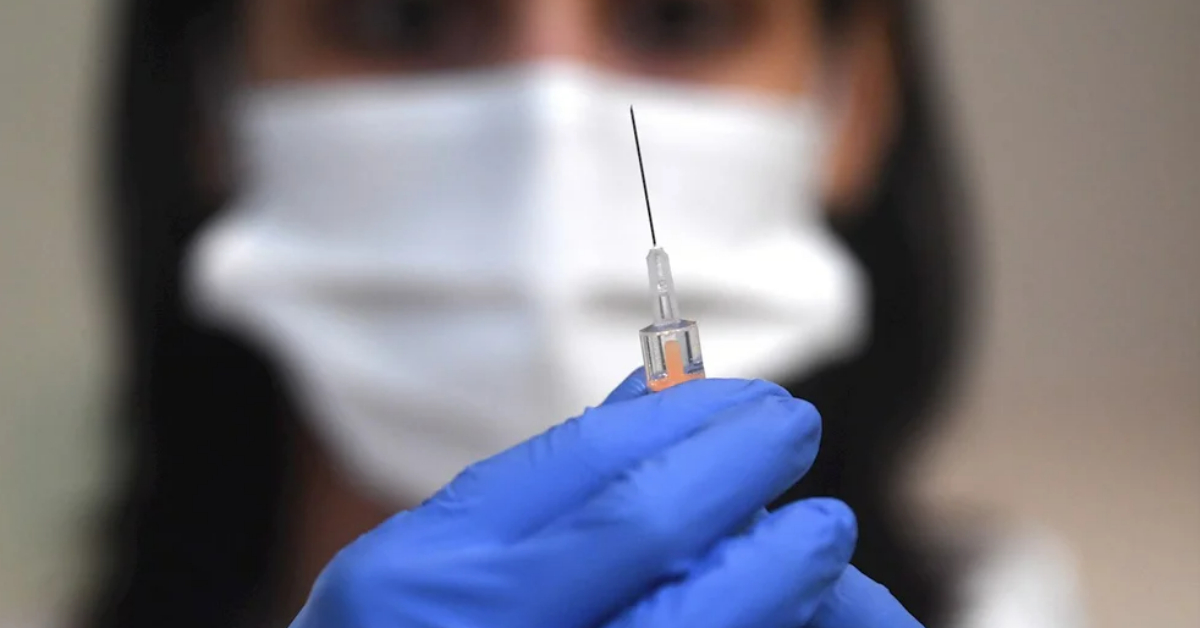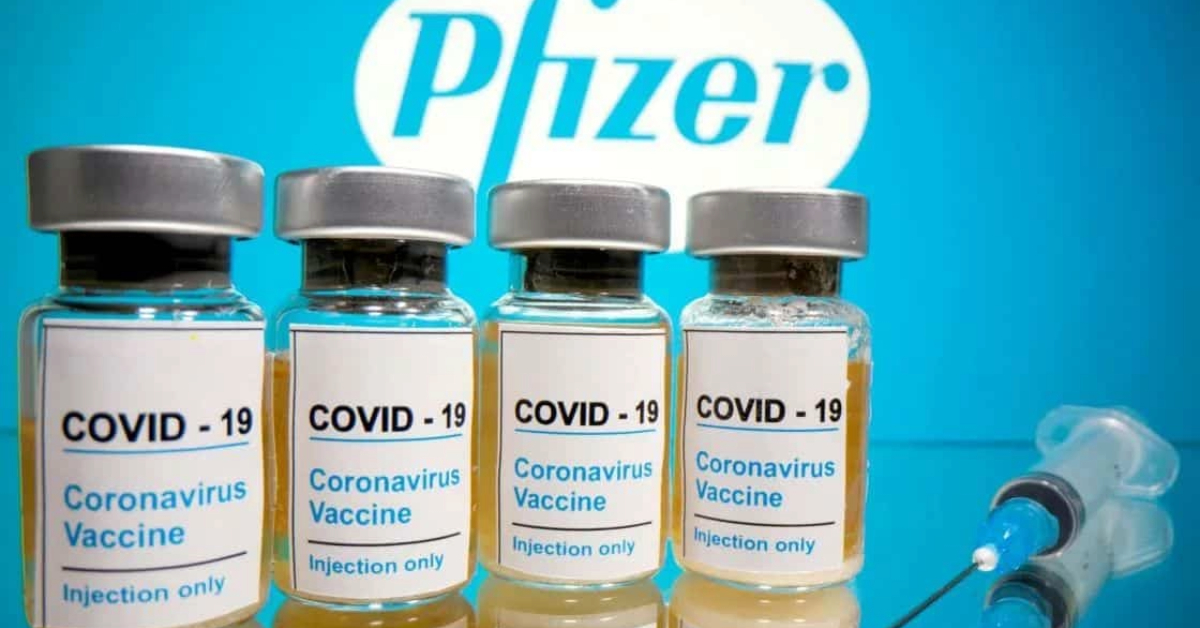On January 1, a month after suffering from COVID-19, Viridiana Flores began to feel bad. “I went to the doctor because I couldn't sleep, my chest was whistling and I couldn't breathe well. The doctor told me to be careful because they were signs of early asthma and it could have been triggered by the coronavirus infection.
Christian Horta, who also fell ill with the virus, says he had pain in his chest, back, head, and episodes of stress and anxiety. "At the beginning of the year my health declined and I started seeing . . .


